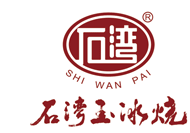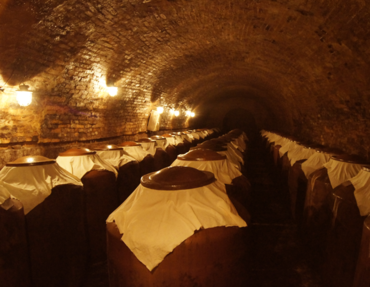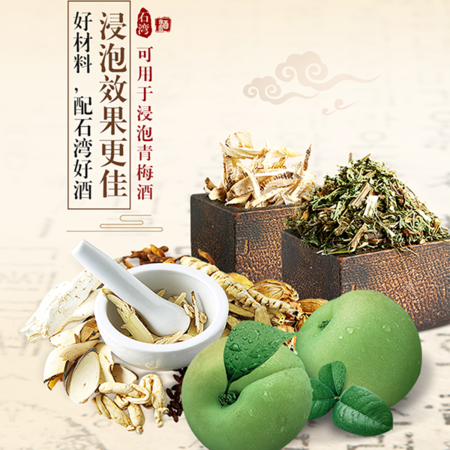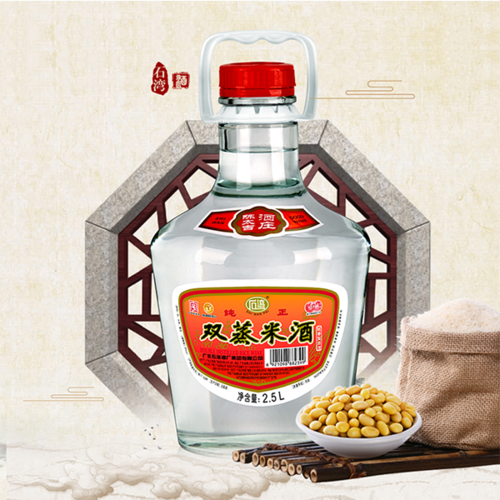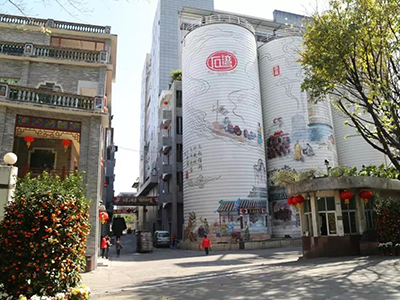Guangdong Rice Wine vs. Other Types of Chinese Rice Wines
Chinese rice wine, known as mijiu, is a broad category that encompasses a variety of fermented alcoholic beverages made from rice. While Shaoxing wine is perhaps one of the most well-known types of Chinese rice wine, especially outside of China, many regions boast their own unique rice wine traditions. Guangdong province in southern China produces several distinctive rice wines that are beloved locally but less common in other parts of the country. Let's explore what sets Guangdong rice wines apart from other regional Chinese rice wine varieties.
Guangdong rice wines tend to have a sweeter, mellower flavor compared to rice wines from eastern China like Shaoxing wine. Some popular types include:
Yu Bing Shao - Pale in color with a slightly sweet, smooth taste
Te Chun Mi Jiu - Known for its sweet and mellow flavor
Green Plum Wine - Infused with green plums for a fruity aroma and taste
In contrast, Shaoxing wine has a darker amber hue and a more complex flavor that is less sweet, with nutty and umami notes. Other eastern Chinese rice wines like Fujian Guling wine are known for having a touch of sweetness but are still less sweet than Guangdong varieties.
The unique flavors of Guangdong rice wines result from differences in ingredients and brewing techniques:
- Guangdong rice wines are brewed primarily from glutinous rice, with the addition of wheat-based yeast starters.
- The quality of the rice, water, and specific strains of yeast and mold greatly influence the final flavor.
- Each producer has their recipes, with some adding other ingredients like plums to create signature varieties.
On the other hand, Shaoxing wine is made from glutinous rice, water, and wheat-based yeast but is aged for a period in earthenware jars which contributes to its deeper color and flavor. Other Chinese rice wines may use different grains like sorghum, millet, or red yeast rice in the fermentation process.
In Guangdong cuisine, rice wines are used to add depth and complexity to many dishes, especially in combination with other flavorful ingredients:
- The sweet rice wines pair well with the light, fresh flavors of Cantonese cooking.
- They are used in marinades for meats and seafood as well as sauces and braises.
- Hakka cuisine in Guangdong features dishes like "mother wine chicken" made by simmering chicken, ginger, and rice wine together.
Shaoxing wine is used extensively in the cuisines of eastern China to add umami and depth to red-cooked meats, stir-fries, soups, and marinades. The more savory flavor profile lends itself to heartier dishes.
In summary, while all Chinese rice wines share a common foundation of fermented rice, Guangdong rice wines stand out for their pronounced sweetness, mellow flavor, and affinity for the fresh, light tastes of Cantonese cooking. From Yu Bing Shao to Green Plum Wine, these southern Chinese rice wines offer a deliciously different experience compared to other types of mijiu. Each regional Chinese rice wine brings its own unique character and culinary possibilities to the table.
Flavor Profile
Guangdong rice wines tend to have a sweeter, mellower flavor compared to rice wines from eastern China like Shaoxing wine. Some popular types include:
Yu Bing Shao - Pale in color with a slightly sweet, smooth taste
Te Chun Mi Jiu - Known for its sweet and mellow flavor
Green Plum Wine - Infused with green plums for a fruity aroma and taste
In contrast, Shaoxing wine has a darker amber hue and a more complex flavor that is less sweet, with nutty and umami notes. Other eastern Chinese rice wines like Fujian Guling wine are known for having a touch of sweetness but are still less sweet than Guangdong varieties.
Production Methods
The unique flavors of Guangdong rice wines result from differences in ingredients and brewing techniques:
- Guangdong rice wines are brewed primarily from glutinous rice, with the addition of wheat-based yeast starters.
- The quality of the rice, water, and specific strains of yeast and mold greatly influence the final flavor.
- Each producer has their recipes, with some adding other ingredients like plums to create signature varieties.
On the other hand, Shaoxing wine is made from glutinous rice, water, and wheat-based yeast but is aged for a period in earthenware jars which contributes to its deeper color and flavor. Other Chinese rice wines may use different grains like sorghum, millet, or red yeast rice in the fermentation process.
Uses in Cooking
In Guangdong cuisine, rice wines are used to add depth and complexity to many dishes, especially in combination with other flavorful ingredients:
- The sweet rice wines pair well with the light, fresh flavors of Cantonese cooking.
- They are used in marinades for meats and seafood as well as sauces and braises.
- Hakka cuisine in Guangdong features dishes like "mother wine chicken" made by simmering chicken, ginger, and rice wine together.
Shaoxing wine is used extensively in the cuisines of eastern China to add umami and depth to red-cooked meats, stir-fries, soups, and marinades. The more savory flavor profile lends itself to heartier dishes.
In summary, while all Chinese rice wines share a common foundation of fermented rice, Guangdong rice wines stand out for their pronounced sweetness, mellow flavor, and affinity for the fresh, light tastes of Cantonese cooking. From Yu Bing Shao to Green Plum Wine, these southern Chinese rice wines offer a deliciously different experience compared to other types of mijiu. Each regional Chinese rice wine brings its own unique character and culinary possibilities to the table.
